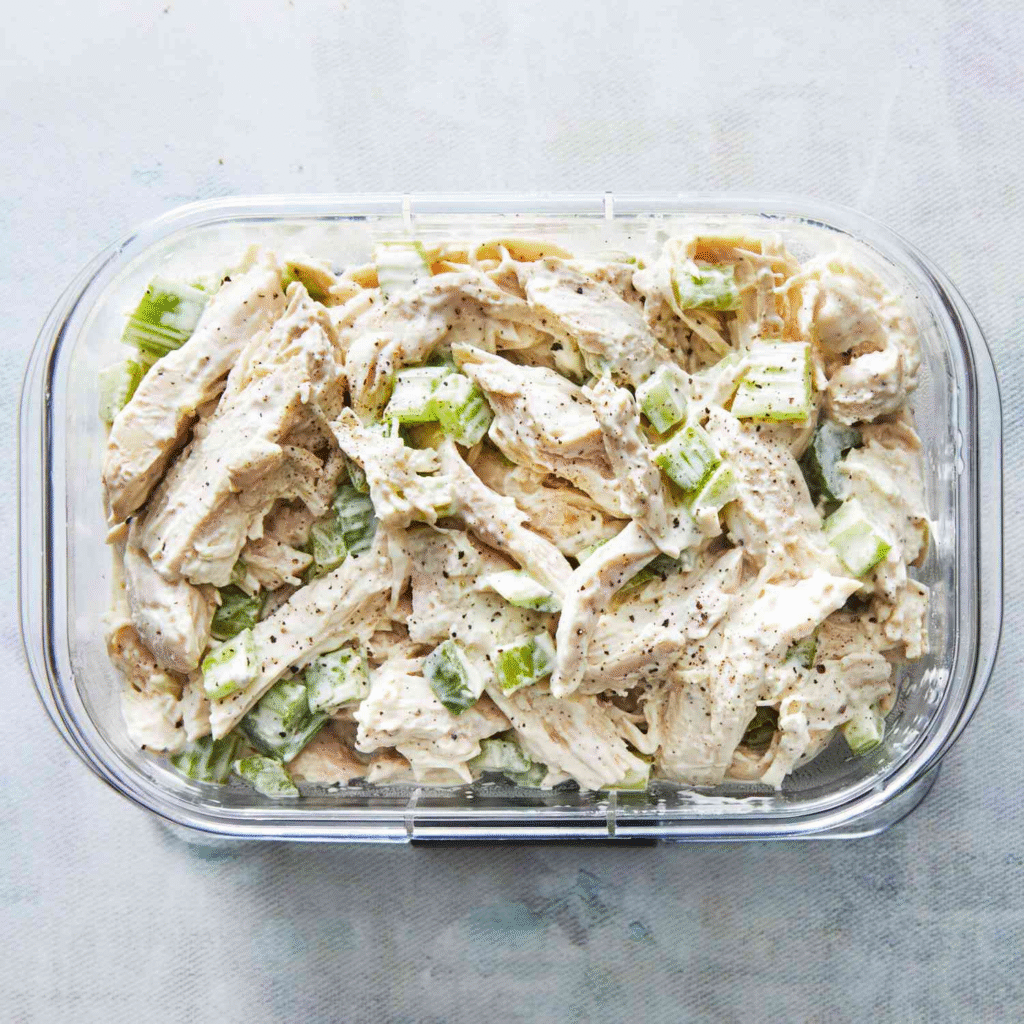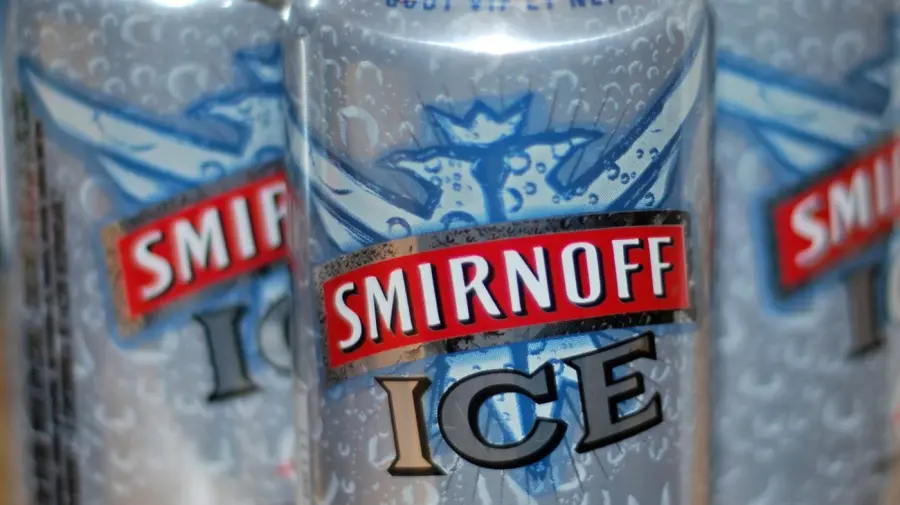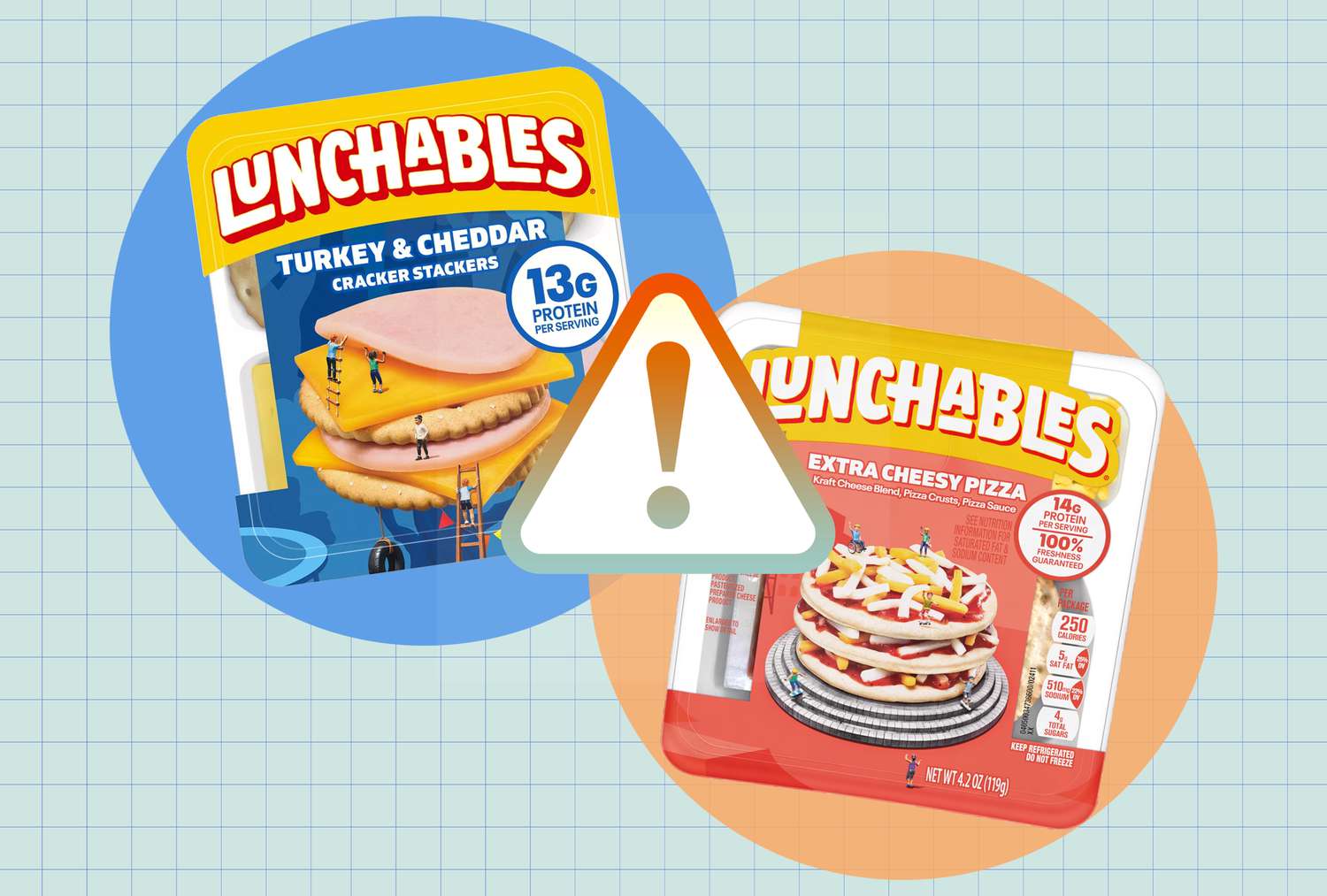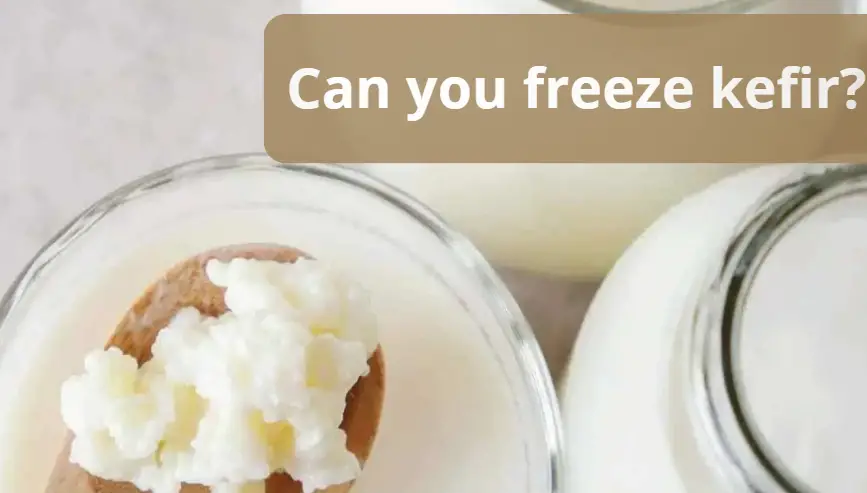
Table of Contents
Can you freeze sangria?
Yes, absolutely!
Freezing sangria is a great way to preserve leftover batches or prepare it ahead of time. However, some ingredients (like fresh fruit and carbonation) don’t freeze well, so a few adjustments help maintain taste and texture.
What Happens When You Freeze Sangria
- Wine and alcohol: Won’t freeze solid due to alcohol content. It becomes slushy.
- Fruits: Can become mushy when thawed but still fine for flavor.
- Carbonation (if used): Loses bubbles — so avoid freezing sparkling sangria or add the fizz later.
- Sugar: Keeps the mixture smooth; unsweetened sangria may taste dull after thawing.

Preparation Steps (Before Freezing)
- Remove perishable ingredients
- Take out any citrus slices, berries, or herbs if you want a cleaner flavor later.
- You can freeze them separately if you wish to re-add them for garnish later.
- Choose your container
- Use a freezer-safe glass jar, plastic container, or ziplock bag.
- Leave at least 1 inch (2–3 cm) of space at the top for expansion.
- Label it
- Write the date and type (e.g., “Red Wine Sangria – July 2025”) on the container.
Freezing Methods
Option 1: Freeze as a Batch
- Pour sangria into an airtight container.
- Freeze up to 3 months.
- Thaw in the refrigerator overnight before serving.
Option 2: Freeze as Ice Cubes
- Pour into ice cube trays.
- Once frozen, transfer cubes to a freezer bag.
- Use cubes to chill future sangria or wine without diluting flavor.
Option 3: Freeze into a Slushie
- Pour into a shallow pan and freeze.
- Every 30–45 minutes, stir or scrape with a fork until it becomes a granita-like texture.
- Serve as frozen sangria slush directly.
Thawing and Serving
- Thaw slowly in the fridge (6–12 hours).
- Taste before serving — sometimes freezing dulls flavor, so:
- Add a splash of fresh wine, orange juice, or brandy.
- Add new fruit slices for aroma.
- Sweeten lightly with sugar syrup or honey if needed.
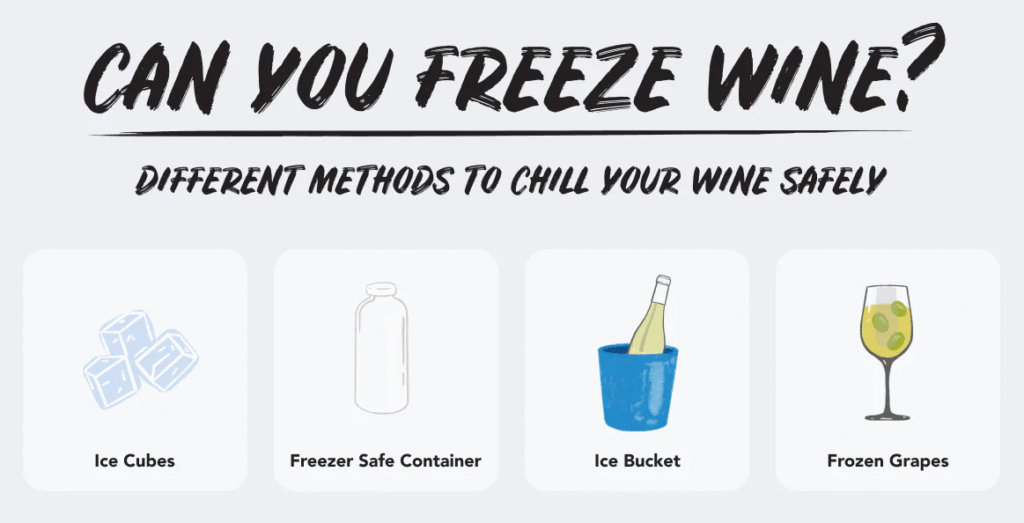
Tips & Warnings
- Don’t freeze carbonated sangria (e.g., made with sparkling wine, soda, or cava). It will go flat and might leak or explode.
- Don’t refreeze once thawed — it loses flavor and texture.
- Best fruits to freeze inside sangria: berries, cherries, grapes, mango chunks.
- Fruits that get mushy: oranges, lemons, limes, apples — better to add fresh later.
Bonus: Frozen Sangria Popsicles
- Pour sangria (strained) into popsicle molds.
- Add a few fruit slices for decoration.
- Freeze for 6–8 hours.
- Perfect summer treat!
READ ALSO: Can you freeze pate?
FAQs
Can you freeze sangria with fruit in it?
You can, but it’s better to remove the fruit first.
Citrus, apples, and soft berries can become mushy after thawing. You can freeze them separately and add fresh slices when serving.
Can you freeze sparkling sangria?
No — avoid freezing sangria made with sparkling wine, soda, or cava.
The carbonation will disappear, and the gas expansion could cause leaks or bursting in sealed containers.
If you want fizz, add the sparkling ingredient after thawing.
What’s the best way to freeze sangria?
Pour it into an airtight container or freezer bag, leaving 1 inch (2–3 cm) of space for expansion.
Label it with the date.
For portion control, freeze it in ice cube trays and store the cubes in a freezer bag.
How long can sangria stay frozen?
Up to 3 months for best flavor.
It may still be safe after that, but the taste and aroma can fade.
How do you thaw frozen sangria?
Move it to the refrigerator and let it thaw slowly overnight (6–12 hours).
Stir before serving.
Add fresh fruit or a splash of new wine or juice to revive the flavor.
Can I make frozen sangria slush or popsicles?
Absolutely!
For slush: Freeze sangria in a shallow dish and scrape every 30–45 minutes until it’s icy and grainy.
For popsicles: Pour strained sangria into molds with a few fruit slices, then freeze 6–8 hours.
Does freezing affect the alcohol content?
No. The alcohol stays the same — it just prevents the sangria from freezing completely solid. When thawed, the strength remains consistent.
READ ALSO: Can I re-use leftover wine from a Sangria cocktail?








